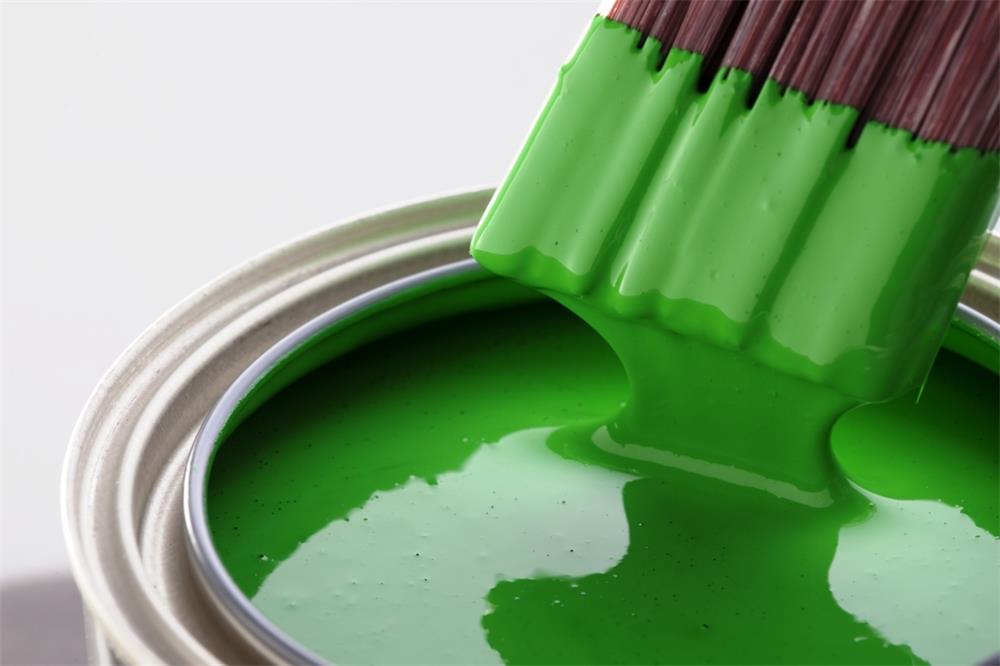Contents
When you finish a woodworking project, you need to apply a product that can protect the wood from various types of damage, such as water, heat, UV rays, and abrasion. Varnish and stain are two common options for wood finishing, but they have different properties and effects that you should know before choosing one over the other. This guide will help you compare varnish and stain and decide which one is best for your project.
Major Differences
Varnish and stain are both used to enhance the appearance and durability of wood, but they work in different ways. Varnish is a clear or slightly tinted product that forms a hard layer on top of the wood surface, creating a barrier that prevents water and UV rays from reaching the wood fibers. Stain is a product that contains pigments that change the color of the wood and also provides some protection against moisture, heat, and UV rays. However, stain does not form a layer on top of the wood, but rather penetrates into the wood fibers.
There are several factors to consider when comparing varnish and stain, such as:
- Appearance
- Water and heat resistance
- Care and cleaning
- Durability and maintenance
- Cost
- Lifespan
- The verdict
- Top brands
Appearance
One of the main reasons to use varnish or stain is to improve the look of the wood. Varnish is usually transparent, which means it preserves the natural color and grain of the wood. However, some oil-based varnishes may have a slight yellow or orange hue that can affect the appearance of the wood. Varnish also gives the wood a glossy or satin finish, depending on the product.
Stain comes in various colors and opacities, which means it can change the color and tone of the wood. You can choose from transparent, semi-transparent, or opaque stains, depending on how much you want to alter the natural look of the wood. Stain also gives the wood a matte or flat finish.
Water and Heat Resistance
Another reason to use varnish or stain is to protect the wood from water and heat damage. Water can cause the wood to swell, warp, crack, or rot over time. Heat can also cause the wood to dry out, shrink, or crack.
Varnish has a high level of water resistance because it forms a waterproof layer on top of the wood. It also has a moderate level of heat resistance because it can withstand high temperatures without melting or cracking.
Stain is also effective at resisting water and heat damage because it seals the pores of the wood and prevents moisture from entering. It also reflects some of the UV rays that can cause fading or discoloration.
Care and Cleaning
Wood that is finished with varnish or stain requires regular care and cleaning to keep it in good condition. However, varnish makes it easier to clean the wood because it fills and covers any open pores in the wood surface. This prevents dirt, dust, or stains from getting into the wood fibers.
To clean wood that is finished with varnish, you can use a mild detergent and warm water. You can also use a soft cloth or a sponge to wipe off any dirt or spills.
To clean wood that is finished with stain, you may need to use a special cleaner designed for stained wood. You can also use a soft cloth or a sponge to wipe off any dirt or spills.
Durability and Maintenance
Varnish and stain both increase the durability of wood by protecting it from various types of damage. However, varnish has a higher level of durability than stain because it forms a hard layer on top of the wood that can absorb any impact or abrasion damage.
Stain does not form a layer on top of the wood, but rather penetrates into the wood fibers. This means that it does not protect the wood as well from physical damage.
Both varnish and stain require regular maintenance to keep their protective properties. You may need to reapply varnish or stain every three to five years, depending on how much wear and tear your project receives.
Cost
The cost of varnish or stain depends on several factors, such as:
- The type and quality of the product
- The size and volume of the product
- The brand and manufacturer of the product
In general, varnish is more expensive than stain because it contains more ingredients and requires more processing. A gallon of varnish can cost between $50 to $60, while a gallon of stain can cost between $40 to $50. However, stain is available in a wider range of volumes, so you may be able to buy a smaller or larger amount of stain depending on your project size.
Lifespan
The lifespan of varnish or stain depends on how well you apply and maintain the product, as well as how much exposure your project has to environmental factors. In general, both varnish and stain can last for several years if you follow the manufacturer’s instructions and reapply the product when needed.
Varnish can last longer than stain because it forms a more durable layer on top of the wood that can resist damage better. However, varnish can also degrade over time due to UV rays, moisture, or heat. You may notice signs of aging such as cracking, peeling, or fading.
Stain can also last for several years if you apply it properly and seal it with a clear coat. However, stain can also fade or discolor over time due to UV rays, moisture, or heat. You may notice signs of aging such as dullness, blotchiness, or unevenness.
The Verdict
The verdict on whether to use varnish or stain depends on your personal preference and project goals. Both products have their advantages and disadvantages, so you should weigh them carefully before making a decision.
Varnish is a good choice if you want to:
- Preserve the natural color and grain of the wood
- Create a glossy or satin finish
- Protect the wood from water and heat damage
- Make the wood easy to clean
- Increase the durability of the wood
Stain is a good choice if you want to:
- Change the color and tone of the wood
- Create a matte or flat finish
- Protect the wood from moisture and UV damage
- Save money on the product
- Choose from a variety of colors and opacities
Top Brands
There are many brands and manufacturers that offer varnish and stain products for woodworking projects. Some of the top brands include:
- Minwax: A leading brand that offers both varnish and stain products in various types, colors, and finishes. Minwax products are widely available in home improvement stores and online retailers.
- Rust-Oleum: A well-known brand that offers both varnish and stain products in various types, colors, and finishes. Rust-Oleum products are designed to be durable and resistant to rust, corrosion, and weathering.
- General Finishes: A premium brand that offers both varnish and stain products in various types, colors, and finishes. General Finishes products are known for their high quality and performance.













